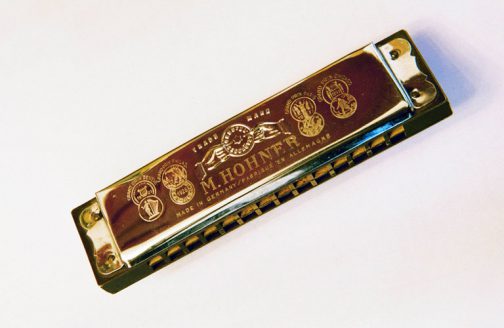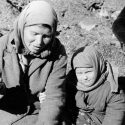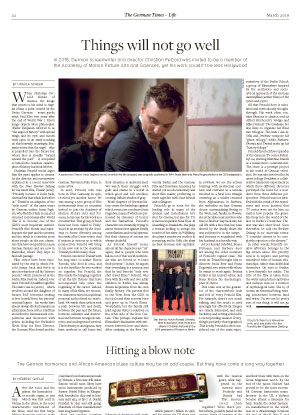The German harmonica and African-American blues culture may be an odd couple. But they have come a long way together

After the voice and the guitar, the harmonica – or mouth organ, or just harp – which was first sold in Vienna in the 1820s, is the most characteristic instrument of the blues. And the first harps African-American used to make music must have come from places that lie today in Germany, Austria or the Czech Republic. In other words, all people employed in harmonica production at the time spoke German. This mutually beneficial relationship between a German industrial product and African-American culture is a fascinating story.
During the wave of German immigration to the US in the mid 1800s, Swabians from what is today the federal state of Baden-Württemberg will most likely have carried with them harmonicas produced by Hotz, a company that was founded around 1830 in Knittlingen, northwest of Stuttgart, and stayed in business for 100 years. From 1857 on, they could have been harmonicas made by Hohner, a firm that still exists. Saxons would most likely have toted instruments produced by Rauner-Seydel-Böhm in Klingenthal, founded in 1829 and in business until 1933, or by C. A. Seydel, founded in 1847 and still going. Hundreds of other manufacturers have long been forgotten.
First and random meetings between the instrument and African-American players may have happened as early as the 1850s. Even in the South, social contacts between African-Americans and recent German immigrants could have been facilitated by a broad abolitionist sentiment among the German speaking population.
In late 1870, with the start of industrial mass production of the harmonica at various German sites, large-scale exports to the US began. Julius Berthold of Klingenthal patented his reedmilling machine in 1878, which greatly accelerated the production process. Between 1893 and 1916, exporting was facilitated by a US consular agency in Markneukirchen, Saxony. With the establishment of American mail order companies in the 1870s, new distribution channels made the cheap harmonica easily accessible, even in rural and remote areas of the US. This is confi rmed by W. C. Handy, born in November 1873 in Florence, Alabama, who observed that as a child he owned a “French harp,” which he used to mimic trains and fox hunts. The archaeologist Charles Peabody from Harvard corroborates Handy’s observations about the emergence of the blues toward the end of the 19th century.
Around one hundred million German harmonicas have been imported to the US since 1860. This estimate is based mainly on the total production of Hohner – the largest German producer – which passed 1 billion in 1986, and for whom the US share was traditionally high. The US market accounted for 96 percent of Hohner’s entire turnover in 1890, 45 percent in 1905 and 33 percent in 1913, when Germany exported 3.5 million harmonicas to the US, half of which were made by Hohner. The peak of German harmonica imports was in the 1920s, with 21 million in 1926, the same in 1927 and 16 million in 1928. In 1937 the total dipped to 8.4 million. From about 1890 to 2000, with a few exceptions during World War I and II, the US imported at least 1 million harmonicas per year.
If we take the first recording of a blues song with harmonica in 1924 as final proof of the successful marriage of the instrument with the musical genre, what happened in the interval since Peabody and Handy had first encountered them together? Were there preferred keys, possibly based on the various levels of prowess of the accompanying guitarists? When did German manufacturers become aware of the new note-bending techniques practiced on their harps? When did they learn there was such thing as a blues scale, which could easily be produced on the harp by focusing on the draw notes rather than the blow notes? What kind of harmonica music did African-American soldiers play when fighting in the trenches of World War I? Reliable answers to questions pertaining to the first decades of the proven coexistence of the blues and the harp are meager at best.
Just as the harp migrated to America from German lands, African-Americans took the harp and their blues with them on the Great Migration north. By the end of the 1920s, Hohner had proved to be the most successful German harmonica manufacturer. In the US, a Hohner became almost a synonym for harp. Seydel, the oldest harmonica manufacturer in the world, was at a disadvantage between the end of World War II and German unification, as it lay in the GDR, and access to US markets was never easy for an East German company. Today, their harps again enjoy a proud reputation.
With the blues having earned its standing in the musical heritage of the world, it is safe to say that the blues would not be the blues without the harmonica – and the harp would not enjoy the same popularity without the blues.
Herbert Quelle
is a diplomat and Germany’s principal offi cer in Chicago. In 2017, he published the novella Monika’s Blues, about the fi rst meeting between the instrument and players of the blues.




